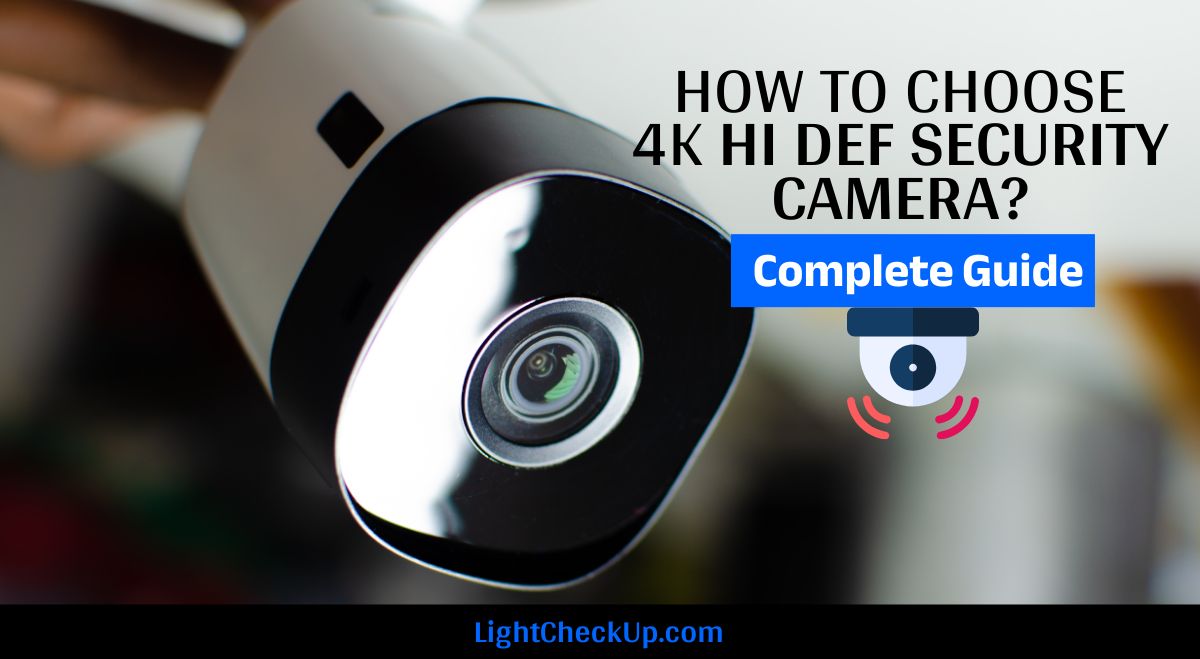Let’s face it, working on a damaged outdoor light socket is frustrating. It doesn’t stay put, it moves, and half the time it barely works. It’s time to ditch that old thing!
Replacing an outdoor light socket is easy. A few simple steps and you’ll brighten up that porch or backyard in a flash.
Want an easier way to manage outdoor bulbs? It is best to use a light fixture with a screw-in base right under the bulb. Super secure and makes changing bulbs easier.
Sounds like a plan? This blog post has all the deets on how to replace an outdoor light socket. Let’s get your outdoor space shining again!
Why would a light socket stop working?
I have listed some common reasons for light sockets stop working.
- Burnt-out bulbs are the easiest to fix!
- Loose bulb. Not making proper contact with the socket.
- Flatten socket tab. The metal tab inside the socket loses its springiness and can’t touch the bulb’s base.
- Bad light switch: The light switch is faulty.
- Tripped the circuit breaker. Power to the lights has been cut off.
- Faulty wiring. loose wire connections, damaged wires, etc.
- Broken socket. The socket itself is damaged or worn out.
How do you fix broken outdoor light socket?
Here are the step wise process on how do you replace an outdoor light socket?
Turn off the power. Locate the circuit breaker controlling the outdoor light and switch it off. Make sure the fixture doesn’t have any electricity.

- First power off the switch. Use the non-contact voltage tester near the wires in the fixture. If there is no voltage detected, you may proceed.
- You may need to unscrew the cover, light bulb, and mounting plate of the old fixture to get to the socket.
- Check the wires for damage (fraying, melting, etc.). If damage is found, consult an electrician.
- Carefully remove the wires connecting the socket to the wiring in the house, and note the colors of the wires (usually black to black, white to white, and bare/green for the ground).
- Connect the new socket wires to the existing wiring, making sure the colors match carefully. Secure them with wire nuts.
- A ground screw or bracket should be used to secure the ground wire (bare or green).
- Reattach the fixture to its base, reversing the steps taken during removal.
- Turn on the circuit breaker again and double-check the power.
You’re done once you’ve replaced the bulb and turned on the light.
Read Also: How To Repair Halogen Light Fixtures (Troubleshooting With Pictures)
What is the secret screw under the bulb?
Screw at the base of the fixture: This screw is located on the exterior of the fixture, typically at the base. You can loosen the wires and take the socket out.
Screw on the inside of the fixture: You’ll find this screw on the inside, usually near the top. It attaches the socket to the hickey, which holds the wires.
Note: Each fixture has a different secret screw location.
However, following these steps, the screw should be easy to find and remove.
What can you do to fix outdoor light sockets that doesn’t work?
Check if the bulb is loose (tighten it) or burned out (replace it). Check that the light circuit breaker isn’t tripped. Reset it if needed. Look inside the socket. If it’s flattened, bend it upwards slowly to get it back in contact with the bulb.
Is your light switch working? Check it out.
If none of these work, you might have faulty wiring or a broken socket. Replacing the socket is possible (see my previous answer); however, if you’re unsure, call an electrician.
Read Also: How To Replace Kitchen Wood Track Lighting: 4 Easy Hacks.
FAQs: Outdoor light sockets
What are the different types of light sockets?
- Standard Medium (E26): The most common bulb for households.
- Candelabra (E12): Small, often found in chandeliers and decorative fixtures.
- Intermediate (E17): Between E26 and E12, used for some old appliances and Christmas lights.
- Mogul (E39): For high-wattage bulbs in commercial settings.
- Bayonet bases (BA15d, GU10): Use a twist and lock mechanism instead of screws.
Does aluminum foil work in light sockets?
Definitely not! Aluminum foil is conductive and creates a fire hazard when it comes into contact with electricity.
Why do people put aluminum foil in light fixtures?
A dangerous old-school trick to reflect more light if the fixture isn’t well designed. It’s not as effective as using higher wattage bulbs or a better fixture.
How do you cover an empty light socket?
- Socket Covers: They cover empty sockets, making them safer and less noticeable.
- Decorative plates: You can hide the electrical box if you remove the fixture entirely.
- Creative Solutions: You can hang lightweight decor in the hole if the wiring is safely disconnected.
Why do light sockets have cardboard?
The cardboard sleeves were used to reduce electric shock risk during bulb changes. Modern sockets don’t require them, but older fixtures may have them.
Read Also: DIY Fluorescent Light Socket Replacement 101: Fix Your Flickering Light!
In conclusion, replacing an outdoor light socket is a straightforward process that can greatly improve your outdoor space’s functionality and appearance.
With a screw-in base, you get more than just a secure connection. You’ll also have no trouble changing the bulb. Follow these simple steps and let your outdoor space shine again after a damaged socket!




















Average Rating